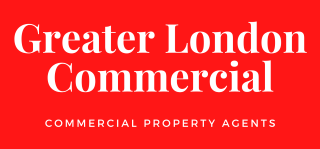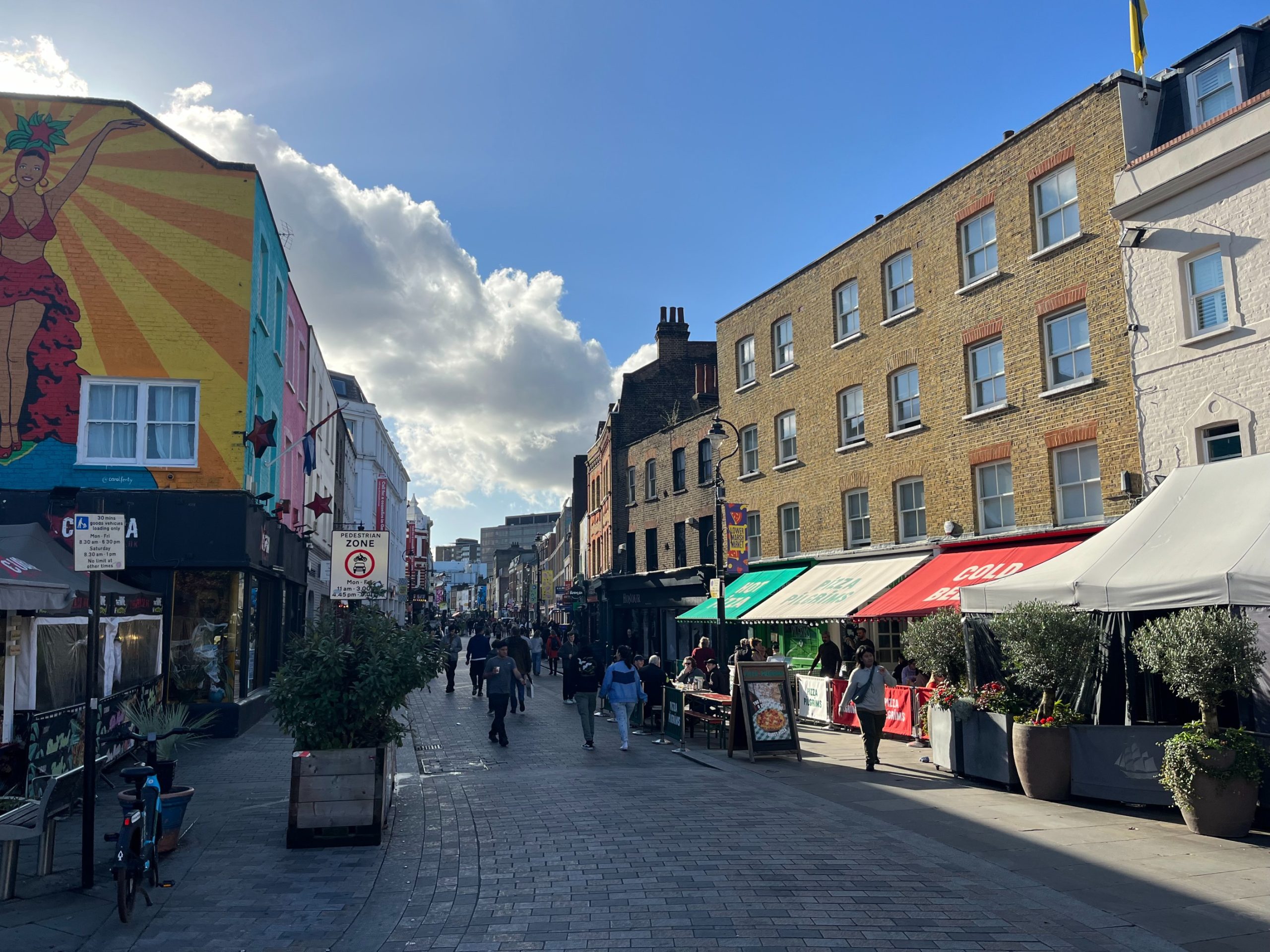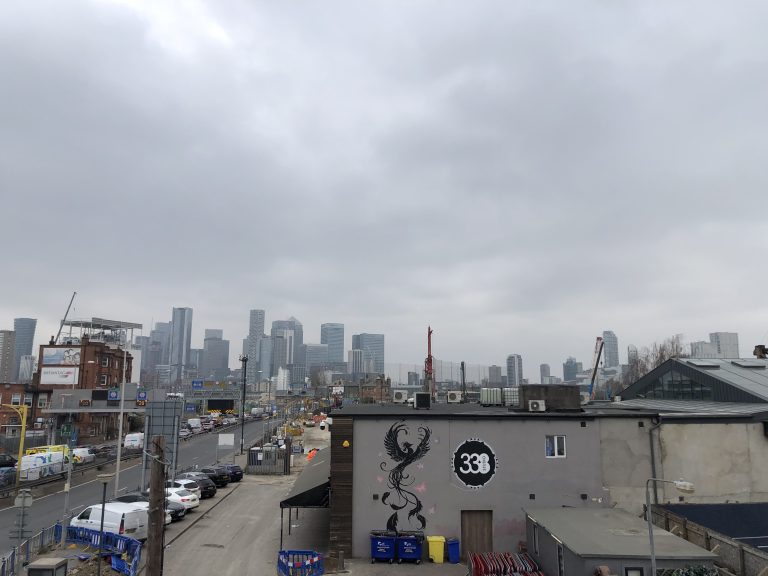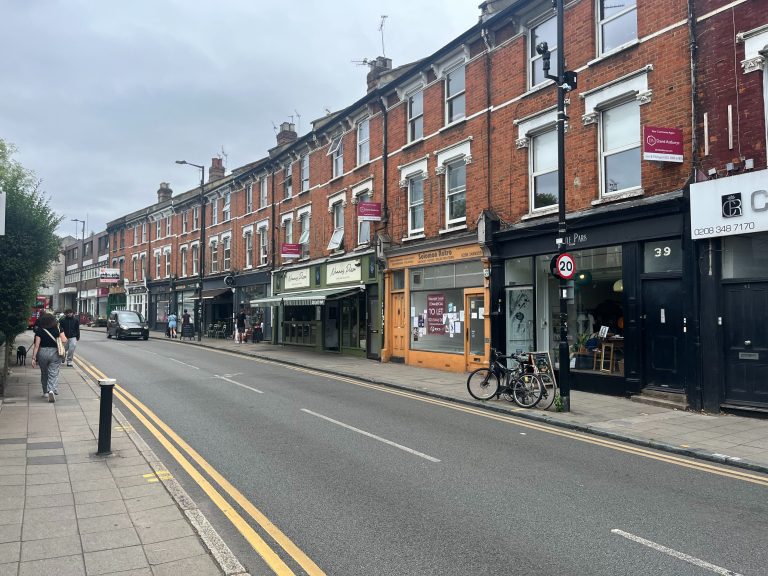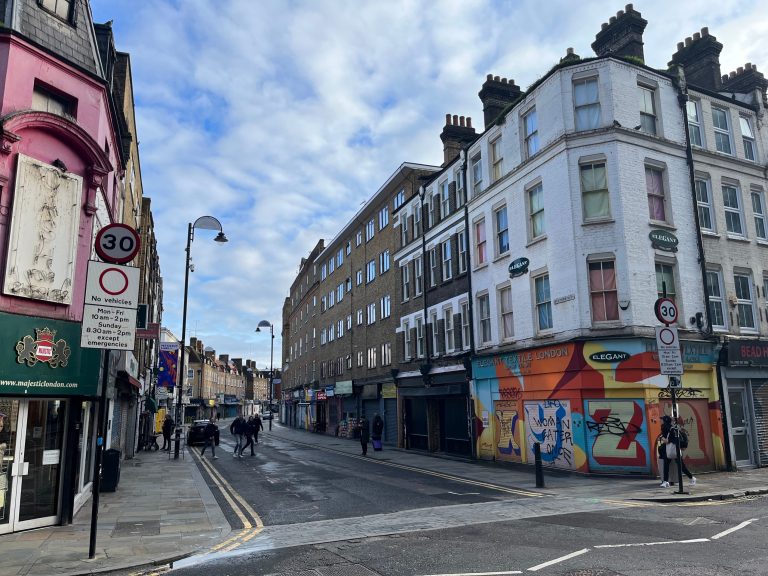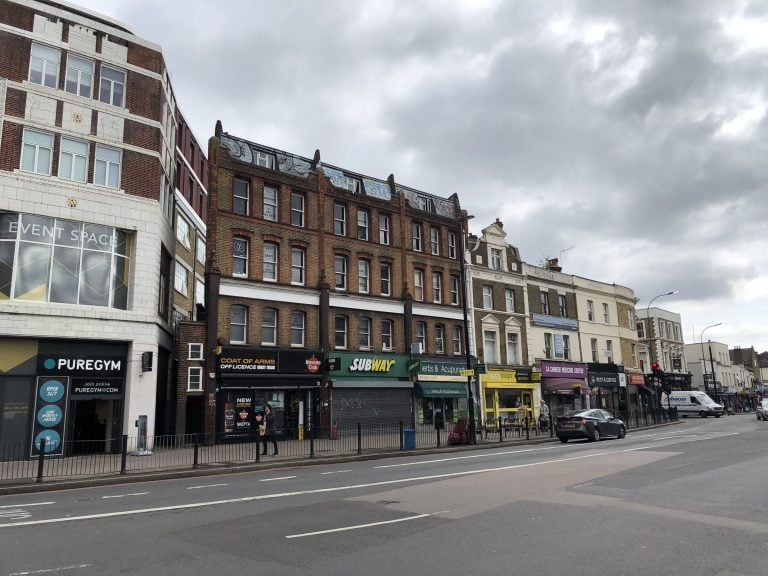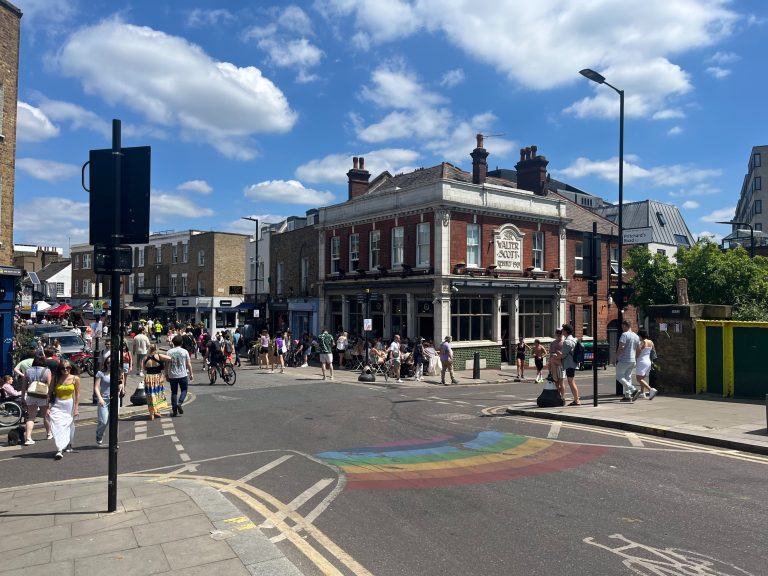11 Key Points to Consider When Leasing Commercial Property in Greater London
If you are business owner or prospective business owner in Greater London, finding the right commercial property is crucial whether you are looking for workshop space in Barking or a new shop Chiswick High Road. We have put together a guide to commercial property leasing in the London market.
1. What Business Space Do You Really Need?
- Assessment: Analyse your business model. Do you need high foot traffic, ample parking, proximity to transport links, flexible office space, proximity to certain other businesses, or space for heavy equipment?
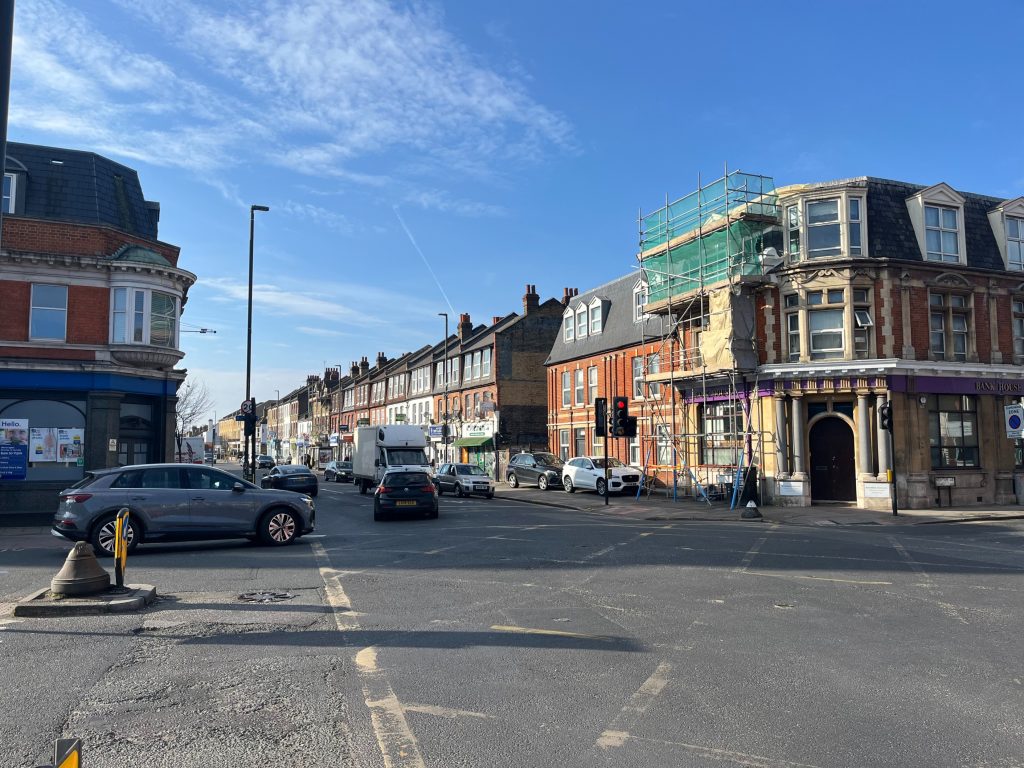
- Example: A tech startup might require flexible space for agile work environments, whereas a retail store selling impulse purchases would benefit more from high visibility and pedestrian traffic.
2. Location and Accessibility
Location, Location, Location…applies to commercial property too!
• Transport Links: Ensure your property has connections via tube, rail, or bus routes. Is your property within walking distance? On the route of a commuter to a tube stop? Is there a new train/tube line planned? If an office, is there good commuter links and amenities around the office location?
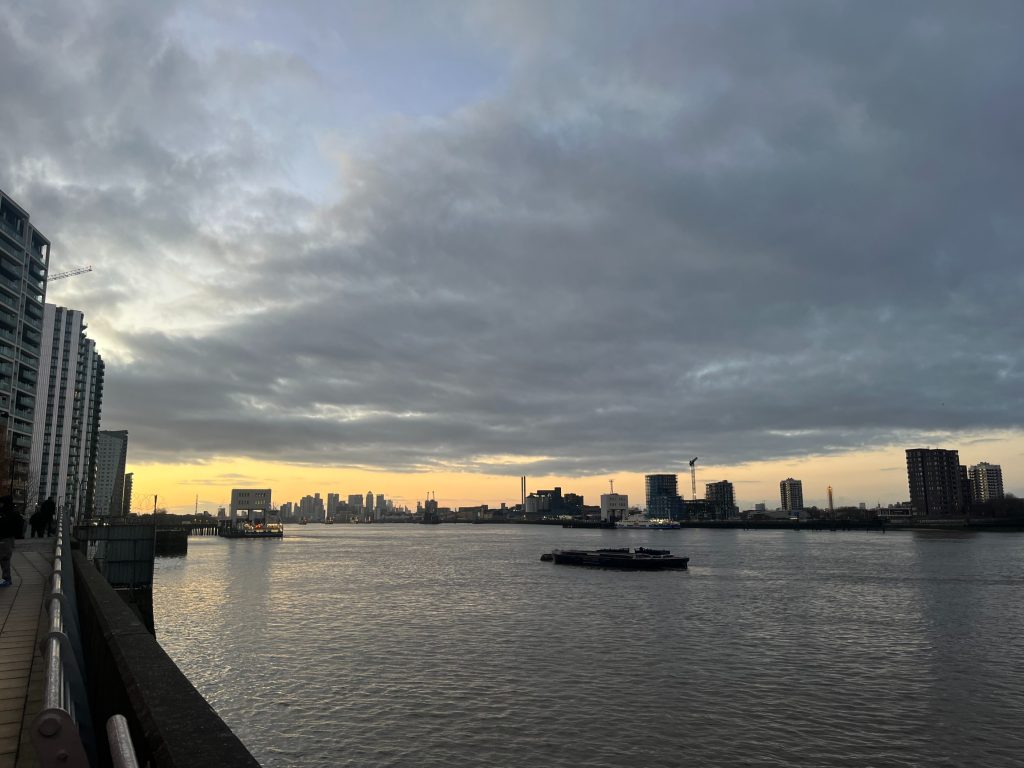
• Customer Demographics: Research local population statistics and foot traffic for a retail business. London’s demographics change over time, is there a demographic in your area that is not being served?
• Competition Analysis: Study nearby businesses and their impact on your operations. Are there any other competitors in the area?
Remember commercial property costs will vary significantly between central areas like the City of London and emerging suburbs like Croydon, Woolwich, etc.
A retail business in Shoreditch saw a 40% increase in foot traffic after relocating near the Old Street station, demonstrating the impact of strategic positioning.
Opening a boutique clothing store in Notting Hill may target affluent shoppers and tourists, while a tech startup in Camden could tap into the borough’s growing digital economy.
And say a retail business might benefit from a high street location, while a technology startup may thrive in a co-working space in a tech hub like city fringe.
3. Budget Planning and Costs
So what costs should you consider as a tenant when leasing commercial properties:
• Rent and Service Charges (this should be clear and transparent)
• Rent Deposit (a landlord may request anything from zero rent deposit to 12 months rent deposit depending on the deal)
• Business Rates (Small business rates may be applicable if a small premises, rateable under £12,000 rateable value – larger / higher value properties will attract business rates liabilities)
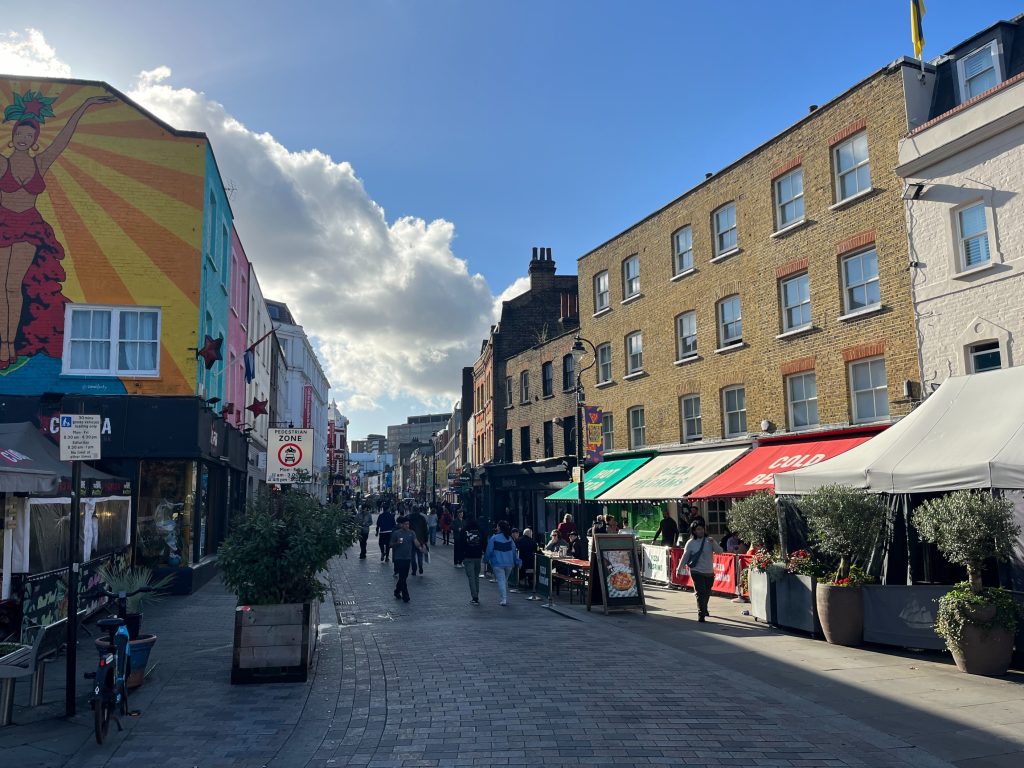
• Utilities and Maintenance (Generally older buildings will be more costly in terms of utilities and maintenance – make sure you understand your potential ongoing liabilities).
• Cost of fit-out (what needs to be done for you to start trading)
• Insurance (Building, contents, business, etc)
• Legal Fees (It is advisable to hire the services of a commercial property solicitor if you are taking on a commercial property)
• Travel, staff, delivery and other costs in London – costs may be higher given the Greater London location
Getting a realistic idea of your property costs over time, means that you can plan and gives a tenant a better chance of business success over the long term.
4. Lease Terms
The lease terms set the rules between landlord and tenant over the period of the agreement. It is important to consider the short and longer term impact of these terms. The advice of a commercial property solicitor is important, but here are the key terms:
• Lease Length: Standard lease length is a range from 3-10 years but it depends on the detail of each deal as to what parties agree to.
• Break Clauses: As a tenant you prefer flexibility, say a tenant break clause (as the business trade may be less than expected, or you wish to relocate to a larger or smaller premises).
• Rent Reviews: Understand when and by what mechanism the rent may be reviewed over the term of the lease.
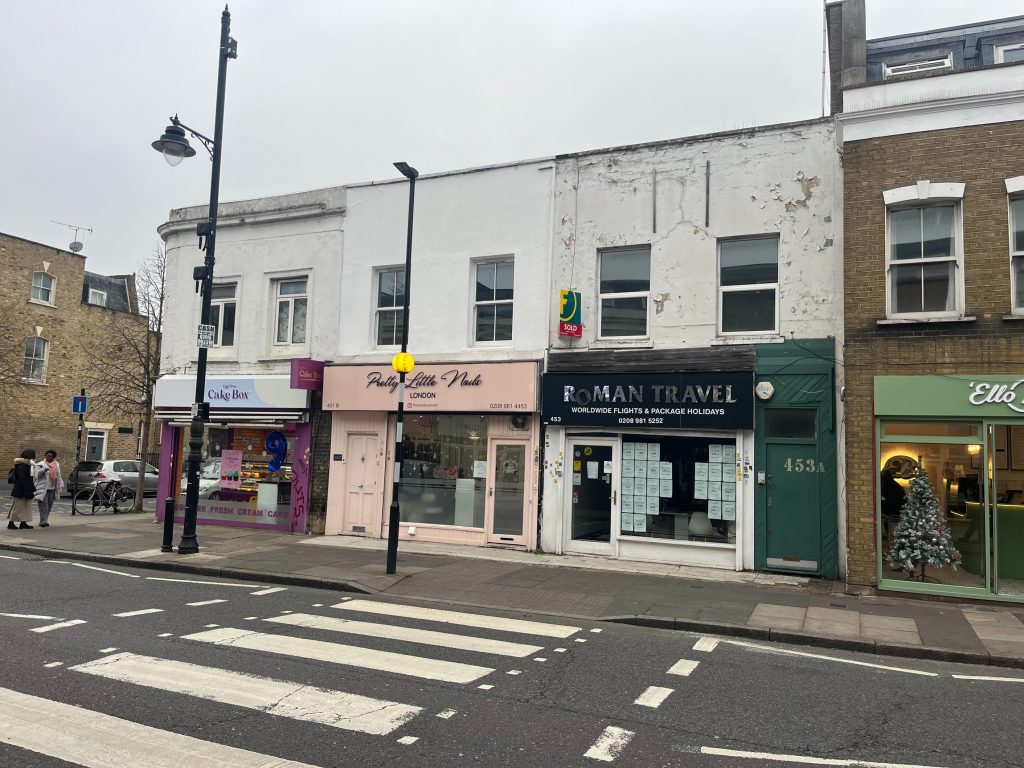
• Assignment Rights: Ability to transfer the lease during the term of the lease.
• Within the Landlord & Tenant 1954 Act: Is the lease a protected lease under the 1954 Landlord & Tenant Act? This is important if you are carrying out an extensive fit out and may wish to transfer the lease (sell the business) in the future.
It is thought around 60% of London commercial leases now include a tenant break clause, which reflects the growing market demand for flexibility especially in the office and retail property markets.
5. Property Planning Use
Understanding the planning use classification of the commercial property is important when leasing commercial property.
• Which Planning Class Use does your selected property come under (Class E, B2/B8, F, Sui-Generis, etc)
• Change of use permissions (there will be permitted change of uses which mean you can automatically switch between uses)
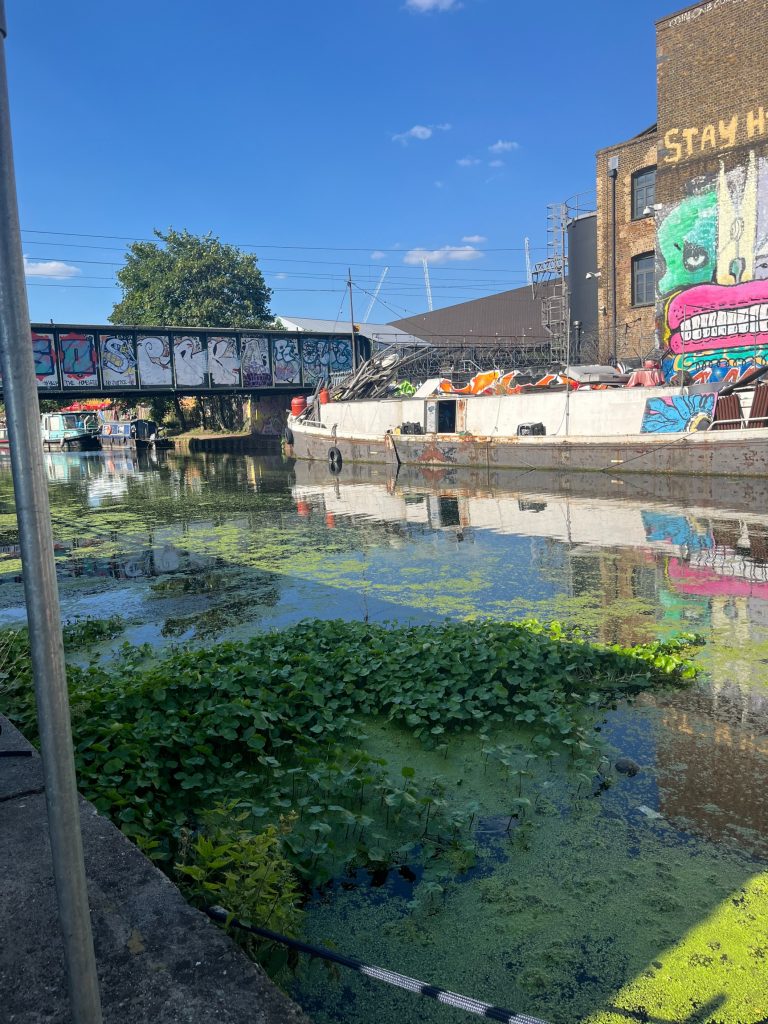
Always verify that the property’s classification matches your intended use and if not, whether a change of use is potentially possible. A local planning consultant or architect is best placed to advise on this – never guess as it can cause big issues later on if you have breached planning regulations.
If you’re leasing a retail unit in a conservation area like Soho or Kensington say, regulations may restrict how you can modify the property, including signage or outdoor seating.
6. Physical Specification of the Property
There are a number points to consider with regards to the physical specification of commercial property in Greater London including:
• Space Layout and Configuration (say for example, for office space anything between 50 sq ft and 100 sq ft per worker is a typical space requirement, but it depends on your business work)
• Building Services and Facilities (Extra facilities are great for staff, but there are costs to such services).
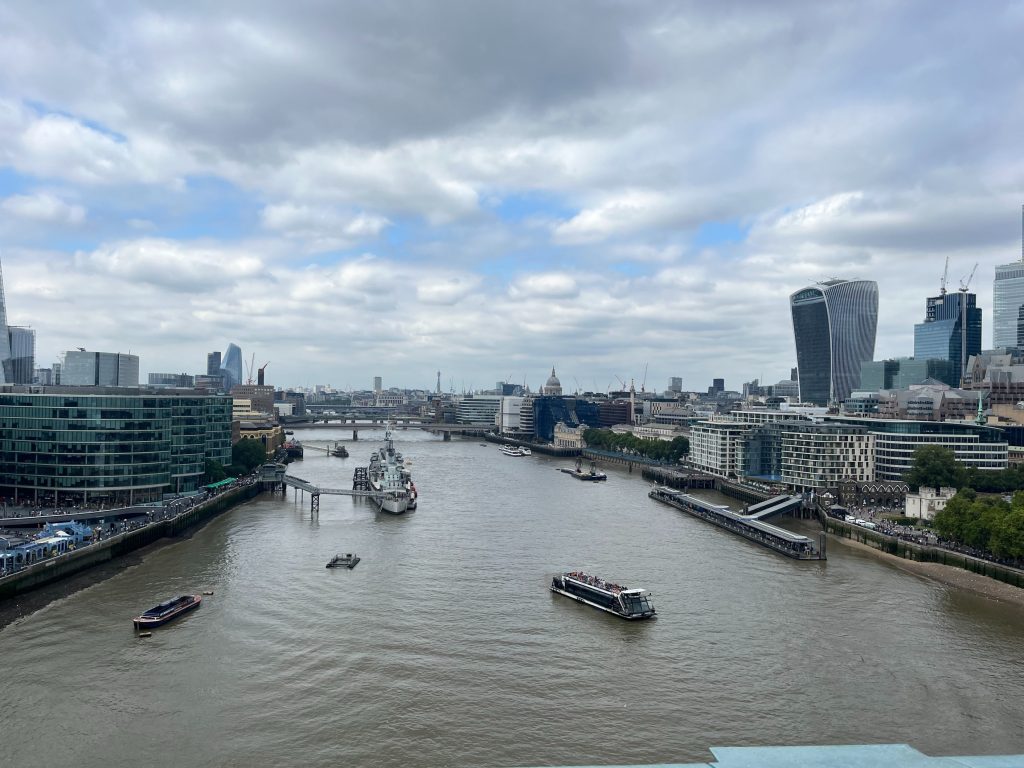
• IT Infrastructure and Connectivity (All businesses will rely on fast reliable internet connections)
• Energy Efficiency Rating (More efficient building are likely to be more cost efficient to run)
• Disability Access (It’s important to consider accessibility for your staff and potential customers).
Also note that properties with an EPC rating of F or G cannot be legally let at the time of writing – this benchmark will increase as we move through the years.
7. Legal Due Diligence
If you are entering into a legal contract for your commercial property in Greater London, then it is wise to engage the services of a legal professional. They will consider the following legal due diligence:
• Title Searches
• Planning Permissions
• Building Regulations Compliance
• Environmental Assessments
• Health and Safety Requirements
Always engage a commercial property solicitor to act on your behalf when entering into a lease. Don’t skimp on this advice – Penny wise, pound foolish!
8. Repair, maintenance and decoration obligations
The repairing and decorating obligations are important points to consider over the term of lease agreement.
• Full Repairing and Insuring (FRI) vs. Internal Repairing
• Scheduled Maintenance Requirements
• Dilapidations Liability (this can be significant with many tenants getting stung at the end of the lease by not taking proactive measures during the course of their lease)
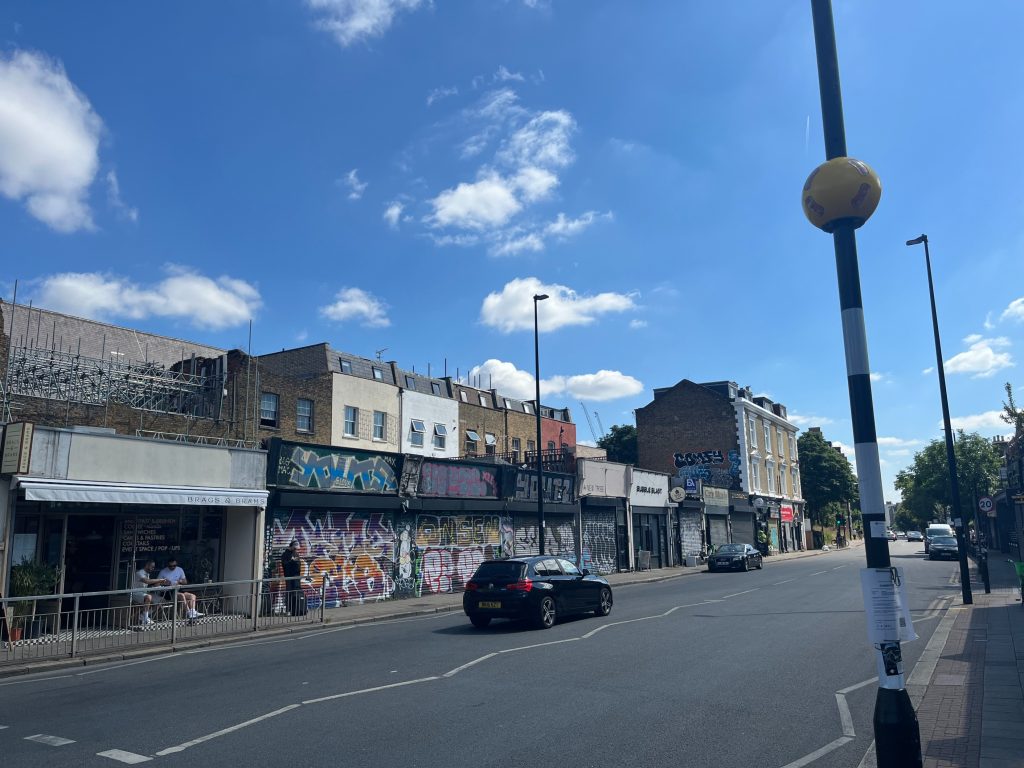
• Schedule of Condition included within the Lease (This can limit the repairing obligations)
• Service Charge Arrangements
Make sure you are fully aware of your obligations as a tenant and what the end of lease costs may be. A Full Repairing and Insuring (FRI) lease is the most potentially onerous for a tenant, as it puts a an obligation on the tenant to put and keep a property in repair over the lease term.
Actionable Insight: Always commission a professional survey of the property to identify structural issues before signing the lease.
9. Insurance Requirements
• Building Insurance (generally the landlord would insure the building, and the landlord charge the tenant / tenants)
• Contents Insurance (This would be the tenant’s responsibility)
• Public Liability Insurance
• Business Interruption Coverage
Ensure you aware of your insurance requirements when taking on a commercial property in London.
10. Future-Proofing Considerations
• Expansion Options (is that possible with this property, say taking on another floor of office space, extending a retail premises, moving into the next industrial unit, etc)
• Subletting Rights (Are the subletting opportunities rigid)
• Technology Infrastructure
• Sustainability Features
• Post-COVID Adaptations
Consider whether the space is going to be viable over a 2, 3 – 5 year time period. With office space, the majority of London businesses are prioritising flexible workspaces configurations over traditional longer term office leases. Food & Beverage offerings in the city include delivery options and grab & go, rather than dominated by sit in services as they were in the 1990s and early 2000s.
11. Work with a Commercial Property Agent
A commercial property agent will help you with the following:
• Identify potential letting options via on and off market opportunities
• Negotiate with potential landlord / other commercial agents on your behalf
• A professional adviser looking after your best interests and have knowledge of the London commercial property market
• Agree the best deal possible in the market
Current Commercial Property Market Statistics in London:
To give you a better idea of the current London commercial property market as of the time of writing, here is the current general tone of rents:
- Average Central London office rent: £65-£120 per sq ft (Outer London office rent: £20-£50 per sq ft)
- Retail space in prime locations: £150-£250 per sq ft (Outer London retail space: £25-£100 per sq ft)
- Industrial space in Greater London: £15-£25 per sq ft
However these are general rental tones and must be considered as broad brush as they can vary depending on location. Each specific property area in London will have specific tones and that’s why it’s important to get advice from an experience commercial property agent like Great London Commercial.
Before Making Your Final Decision on Commercial Property Leasing in Greater London:
- Calculate your total occupancy cost per square foot (rent, rates, utilities, service charge (if applicable), etc)
- View a range of possible commercial property options (if possible)
- Review all lease terms with legal professionals
- Conduct thorough due diligence
- Consider future business growth requirements
- Assess impact on staff and clients
The right commercial property leasing decision can significantly impact your business’s success. Take time to thoroughly evaluate all aspects before committing to a lease.
This guide serves as a starting point for your commercial property search in Greater London. Each business will have specific requirements, so adjust these considerations according to your specific needs and circumstances.
Contact Greater London Commercial and we can help with your commercial leasing journey!
